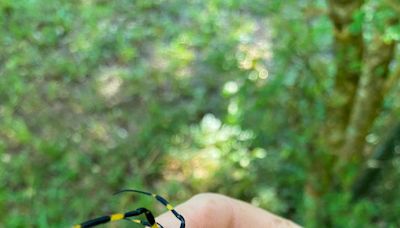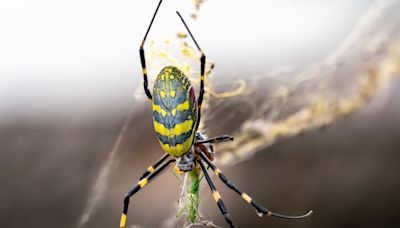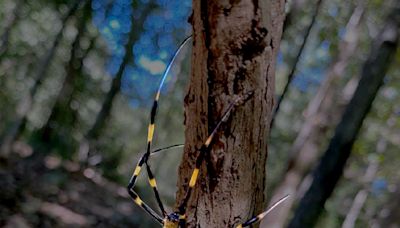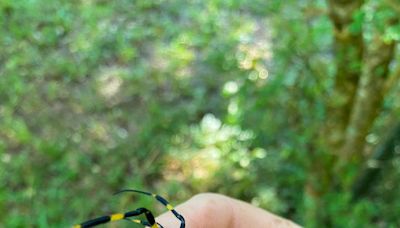Search results
The story tells of a cunning spider who entraps a fly into its web through the use of seduction and manipulation. The poem is a cautionary tale against those who use flattery and charm to disguise their true intentions.
The Spider and the Fly is a poem by Mary Howitt (1799-1888), published in 1828. The story tells of a cunning Spider who ensnares a Fly through the use of seduction and flattery. The poem teaches children to be wary against those who use flattery and charm to disguise their true evil intentions.
'The Spider and the Fly' by Mary Howitt describes the entrapment of a fly who loses her life to a cunning spider.
Jan 18, 2022 · The Spider and the Fly is a poem by Mary Howitt, published in 1829. The first line of the poem is "'Will you walk into my parlour?' said the Spider to the Fly." The story tells of a cunning spider who entraps a fly into its web through the use of seduction and manipulation.
The Spider and the Fly A Fable. by Mary Howitt (1799-1888) “Will you walk into my parlor?” said the spider to the fly; “’Tis the prettiest little parlor that ever you did spy.
- All Poetry. The Spider And The Fly. Will you walk into my parlour?" said the Spider to the Fly, 'Tis the prettiest little parlour that ever you did spy; The way into my parlour is up a winding stair, And I've a many curious things to show when you are there." Oh no, no," said the little Fly, "to ask me is in vain,
The Spider and the Fly Analysis - Literary devices and Poetic devices. By Mary Howitt. “Will you walk into my parlour?” said the Spider to the Fly, “‘Tis the prettiest little parlour that ever you did spy; The way into my parlour is up a winding stair, And I have many curious things to shew when you are there.”





